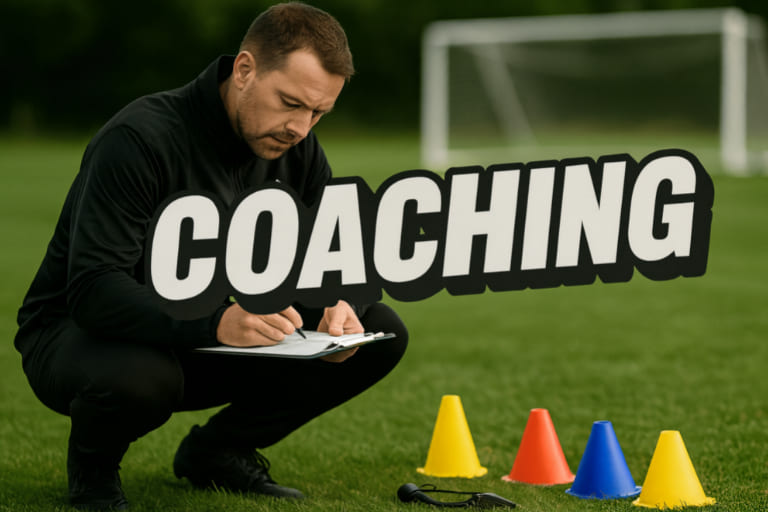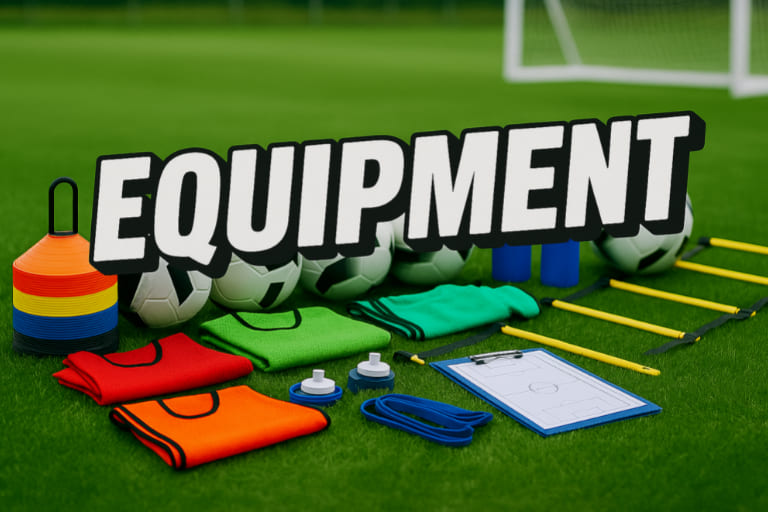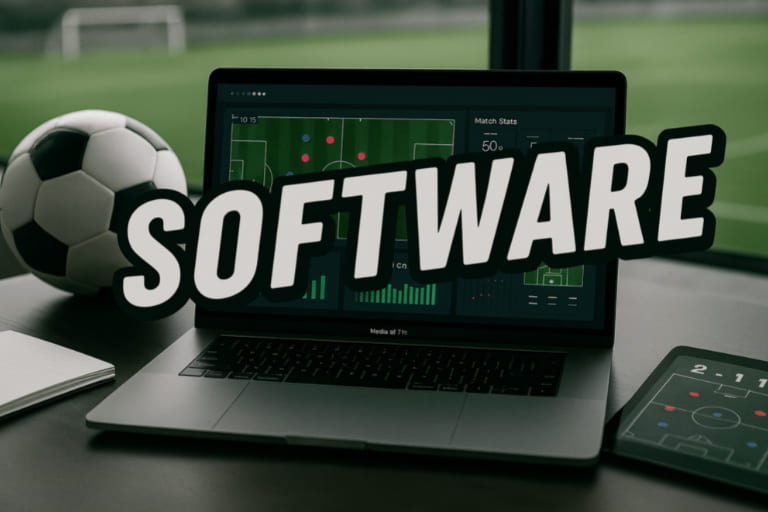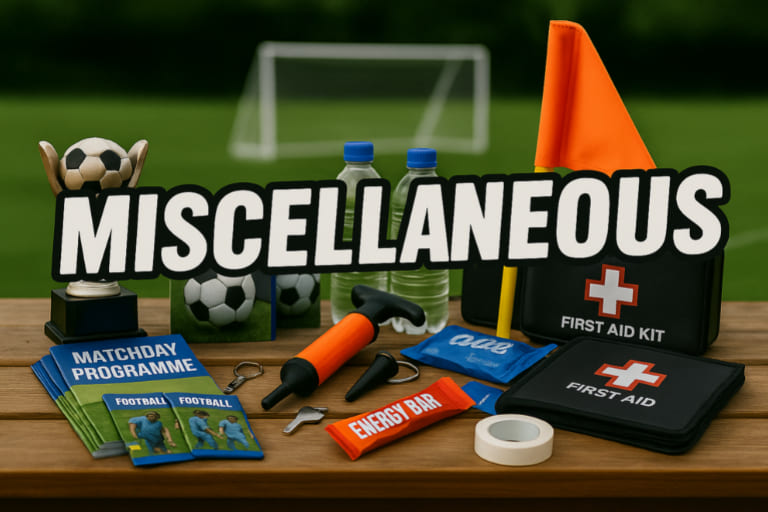
Photographing and Filming Children at Youth Football Matches – What You Need to Know
Learn the FA guidelines on filming children in football. Follow youth football photography rules and safeguarding children in sport to keep players safe.
We all know how special it is to capture those unforgettable moments on the pitch – whether it’s a first goal, a winning smile, or the joy of playing as part of a team. Photos and videos are a brilliant way to celebrate children’s football and to share their progress with family and friends.
However, it’s also important to remember that photographing and filming children must always be done safely and responsibly. The FA fully supports appropriate photography and filming, but there are clear youth football photography rules in place to protect young players.
Here’s a simple guide to help parents, carers, coaches and clubs understand the do’s and dont’s.
Why Safeguarding Children in Sport Matters
Most photos and videos are taken in good faith, but if not handled carefully they can pose risks, including:
- Inappropriate use – images being taken or shared in harmful or illegal ways.
- Identification risks – when personal details (like names, schools or locations) are shared alongside photos, children may be more easily contacted by strangers.
- Privacy concerns – some children may have restrictions due to family or legal reasons, meaning their images cannot be shared publicly.
This is why safeguarding children in sport must always come first. Every club, parent, and coach has a responsibility to follow The FA’s guidance on safe photography and filming.
Youth Football Photography Rules – The Do’s and Don’ts
✅ Do:
- Get consent first – written parental/carer consent is needed before photos or videos can be shared publicly (e.g. websites, social media, press).
- Keep it safe and appropriate – children should be suitably dressed (kit or training wear) and images should focus on the activity, not individuals in vulnerable situations.
- Use images positively – show the broad range of children enjoying football, not just a few star players.
- Store securely – keep digital files in protected folders and avoid unencrypted devices like USB sticks or personal phones.
- Plan ahead with professionals – if using a photographer or inviting media, set clear expectations, issue ID, and never allow unsupervised access.
❌ Don’t:
- Publish photos with children’s full names (unless written consent has been given and the use is clearly explained).
- Use images taken in changing rooms, toilets, showers or other private areas.
- Share images linked to personal information that could identify or locate a child.
- Allow one-to-one filming or photography sessions with children.
- Use photos for purposes other than originally agreed.
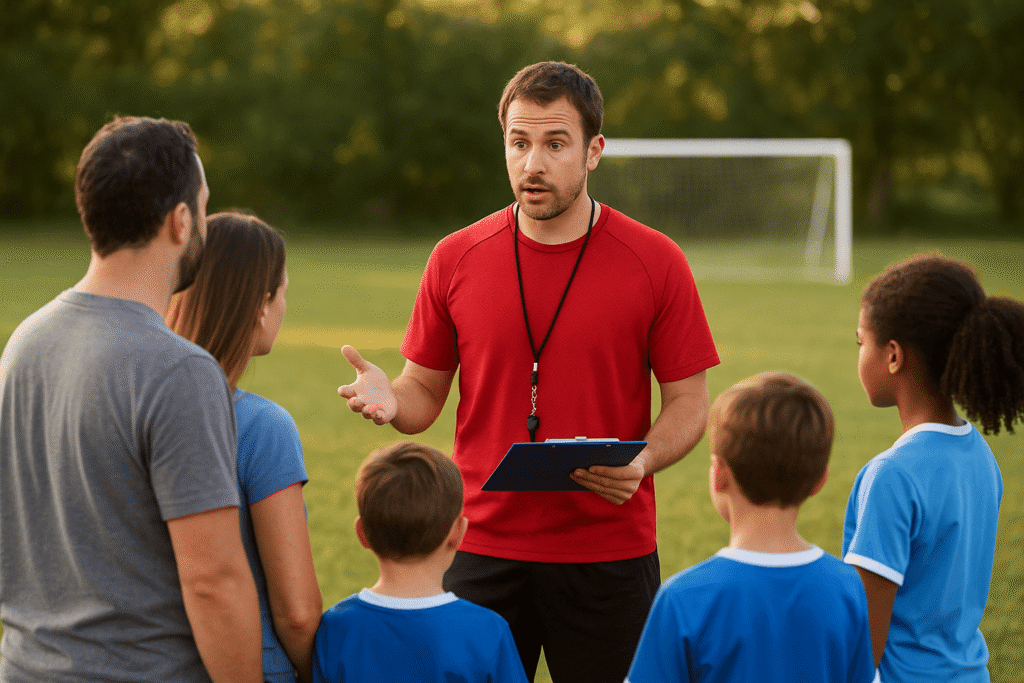
FA Guidelines on Filming Children
The FA is clear that when filming children – whether for match highlights, media coverage, or coaching purposes – safeguarding and parental consent are essential.
If you are commissioning professional photographers or inviting media:
- Provide them with a clear safeguarding brief.
- Ensure they wear identification at all times.
- Prohibit filming in private areas such as toilets, changing rooms, or medical spaces.
- Never allow unsupervised access or one-to-one filming with children.
- Inform parents and carers in advance if professionals will be present.
What If Consent Is Not Given?
If a parent or carer does not give permission, clubs must make sure those children are not included in close-up shots. This might involve wristbands, stickers, or a system where the photographer checks with team managers.
Coaches Using Video as a Training Tool
Filming can be a useful way for coaches to support player development. If it’s part of your programme:
- Parents and players must be told in advance.
- Consent should be collected at the start of the season.
- Footage must be stored securely and only used for its intended purpose.
Reporting Concerns
If you are ever worried about how photos or filming are being carried out, report it straight away to:
- Your club’s Welfare Officer
- The County FA Designated Safeguarding Officer
- The FA Safeguarding Team ([email protected])
If you believe a child is at immediate risk, contact the Police.
Final Word
Capturing the excitement of youth football is something we all enjoy – but children’s safety and privacy must always come first. By following youth football photography rules, prioritising safeguarding children in sport, and adhering to FA guidelines on filming children, we can ensure football remains the safe, fun, and positive environment it’s meant to be.
👉 You can read the full FA guidance here.
HOME | TOURNAMENTS | COACHING | PARTNERS | BLOG






